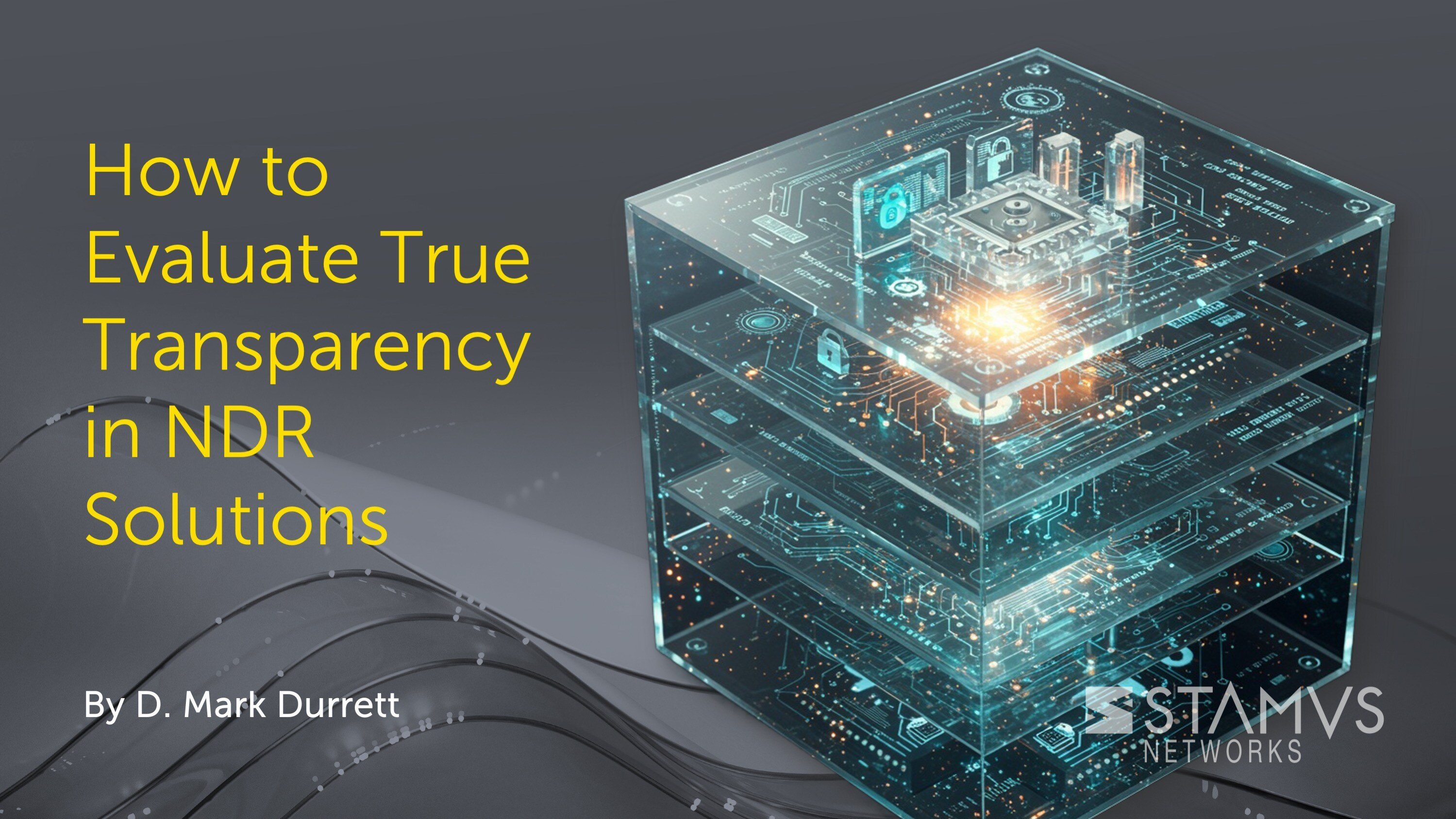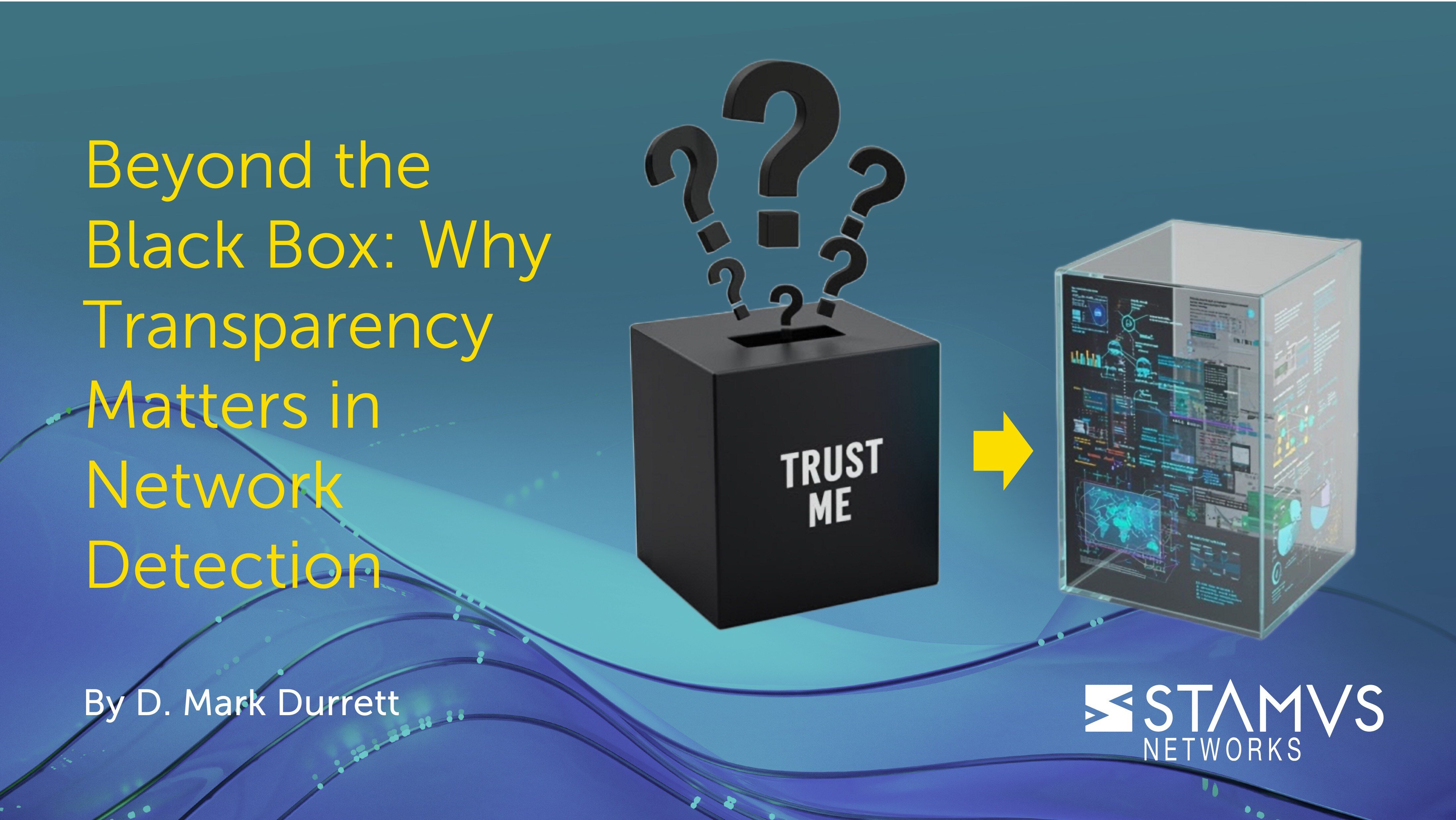Understanding the nuances of different types of intrusion detection systems (IDS) can be tricky, but it is important to know the difference between something like a network intrusion detection system and a basic intrusion prevention system. Knowing the differences in these tools can ensure that your organization is best informed to make a decision when selecting a new IDS tool.
What is the difference between NIDS and IPS?
Network intrusion detection systems (NIDS) and intrusion prevention systems (IPS) are both incredibly similar network security tools, but they do have some key differences. NIDS continuously monitors network traffic for patterns indicative of an attack, and when something suspicious is detected it raises an alert for further investigation. IPS, on the other hand, will actively block any traffic that displays signs of malicious activity based on predefined rules.
To put it simply, NIDS is a very passive security tool, while IPS is much more active. This does not come without risk, however, as IPS can accidentally block legitimate safe traffic in the event of a false positive. It is also important to note that many NIDS tools can be configured to run as a network-based IPS, so the main difference between these two tools often comes down solely to the user settings.
What is the purpose of NIDS?
The purpose of NIDS is to monitor network traffic for suspicious activity across your entire network. This is different than the purpose of a host-based intrusion detection system (HIDS), which monitors individual devices or servers (hosts) within the network for suspicious activity. Both of these systems function basically the same way. They monitor traffic, analyze the packets for evidence of threats, and alert when potentially malicious traffic is identified. The only real difference is whether they are monitoring individual devices or the network as a whole.
Which is better HIDS or NIDS?
There isn't a single "better" option between HIDS (Host-based Intrusion Detection System) and NIDS (Network Intrusion Detection System). They complement each other and provide different areas of focus in your overall security strategy. Here's a breakdown to help you decide which might be more relevant for your needs:
HIDS:
- Focuses on individual devices: Monitors activities on specific computers, servers, or endpoints within your network for suspicious activity.
- Better for: Detecting malware, unauthorized access attempts, or compromised systems.
- Ideal for: Organizations with a smaller number of critical devices or those needing in-depth monitoring of specific systems.
NIDS:
- Focuses on network traffic: Monitors the flow of data across your network to identify threats attempting to enter or spread within the network.
- Better for: Detecting network-based attacks like port scans, suspicious data packets, or denial-of-service attempts.
- Ideal for: Organizations with large networks or those prioritizing overall network security posture.
The best approach is often to implement both HIDS and NIDS for a layered defense. This provides comprehensive security coverage by monitoring individual devices and network traffic simultaneously.
What is the need for NIDS?
There are several compelling reasons why network intrusion detection system software is essential for robust network security. Here are some of the key benefits:
- Early Warning System: NIDS constantly monitors your network traffic for suspicious activity. This allows you to detect potential attacks before they can infiltrate your systems and cause damage. Early detection is crucial for mitigating the impact of cyberattacks.
- Improved Visibility: NIDS offers a comprehensive view of your network activity. Think of it like having a detailed map that shows everything flowing through your network. This enhanced visibility helps you identify weaknesses in your security posture and potential vulnerabilities that attackers might exploit.
- Internal Threat Detection: NIDS isn't just about external threats. It can also detect suspicious activity originating from within your network. This can help uncover insider threats or compromised devices that might be masquerading as legitimate users.
- Faster Response Times: When NIDS detects something suspicious, it triggers immediate alerts. This allows your security team to react quickly and take steps to contain the threat before it can escalate. Faster response times are essential for minimizing damage and preventing a security incident from snowballing.
- Compliance Advantages: Many industries have regulations that mandate organizations to monitor their network traffic for security risks. NIDS can help you comply with these regulations and demonstrate your commitment to data security.
- Cost-Effectiveness: By proactively identifying and addressing threats, NIDS can help you avoid the significant costs associated with security breaches, such as data loss, downtime, and reputational damage.
Explore a modern alternative
You need a network security platform that doesn’t generate an endless stream of useless alerts across part of your network, and instead automatically identifies alerts of interest and notifies you of only serious and imminent threats. Your organization deserves response-ready detection with visibility into your entire network regardless of the environment with easy access to all the contextual evidence you need to stop an attack before it can cause damage. Replace your legacy IDS with a modern network detection and response platform that gives you these features and more.
The Stamus Security Platform™ is a network-based threat detection and response solution that eliminates the challenges of legacy IDS while lowering your response time. Stamus Security Platform harnesses the full potential of your network, bringing state-of-the-art threat detection, automated event triage, and unparalleled visibility to the security team.
Book a demo to see if the Stamus Security Platform is right for your organization.
To learn more about replacing your legacy IDS, check out the following resources:
- A Practical Guide for Migrating from Your Legacy IDS/IPS to a Modern Alternative
- 12 Signs It's Time to Upgrade your Legacy IDS/IPS
- 3 Critical Questions to Answer Before a Legacy IDS/IPS Upgrade
- Weak Attack Signals your Legacy IDS will Miss
To be notified of new blog posts and other news, make sure to subscribe to the Stamus Networks blog, follow us on Twitter, LinkedIn, and Facebook, or join our Discord.






